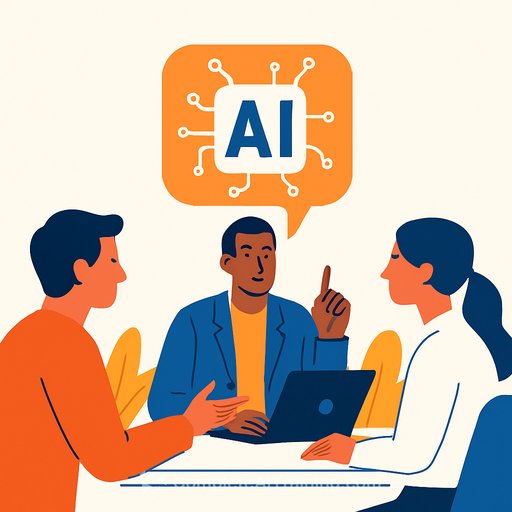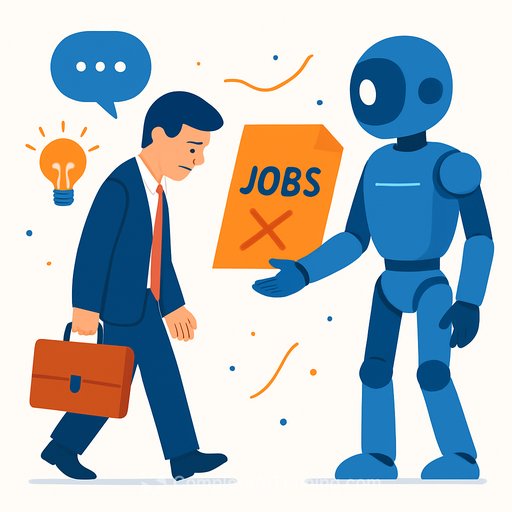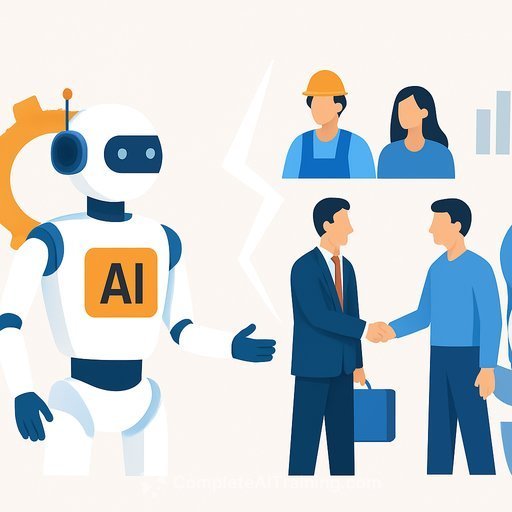Technology Employees Want to Know Leaders Approve of AI Tools
For organizations to boost productivity and efficiency with new technology, employees need clear signals that leadership supports these tools. Despite the increasing presence of generative AI in workplaces, 40% of HR and benefits leaders are still hesitant to adopt it, according to a report from AI education platform FlexOS. Additionally, 35% of leaders say adapting to AI and automation is their biggest challenge, which could be holding back effective AI implementation.
“If leadership is hesitant, employees pick up on it,” says Kian Katanforoosh, adjunct professor of deep learning at Stanford and CEO of the upskilling platform Workera. This hesitation often leads to AI tools being underused, especially those designed to help employees build skills, make better decisions, or improve productivity.
Why Are Leaders Hesitant?
Katanforoosh points to three main reasons:
- Concerns about fairness, bias, and data privacy. AI impacts sensitive areas like hiring and promotions, so leaders want to ensure technology is explainable, auditable, and fair.
- A technical knowledge gap. Many leaders lack training in technology and need to collaborate more closely with CIOs, CTOs, or data officers to understand AI better.
- Disappointment from past AI promises. Some AI solutions have been oversold as magic fixes but failed to deliver, fueling skepticism.
Despite these challenges, avoiding AI is no longer an option. “AI fluency is not optional — it’s a competitive advantage,” Katanforoosh says. Companies that resist AI risk falling behind in both business results and talent retention. Employees want workplaces that support their growth, not hold them back out of fear.
How HR Leaders Can Lead AI Adoption
Here are practical strategies HR and benefits leaders can use to change their approach and help employees embrace AI:
- Push for transparency. Understand exactly how AI systems work, what data they use, and how decisions are made. Demand explainability and controls to prevent bias or errors. Transparency builds trust.
- Focus on measurement. Track verified skills data that aligns with business priorities. Without a clear view of current workforce capabilities, it’s impossible to measure if AI investments make a difference.
- Break the cycle with employees. Many employees either avoid AI tools out of fear or overestimate their skills from limited use. Leaders should provide precise, fair feedback on strengths and gaps to encourage engagement and make AI part of daily work without forcing it.
- Embrace transformation and education. The first step is acquiring AI tools, but the key to value is educating and activating the workforce. HR must lead this effort to close the gap between business goals and talent readiness, ensuring the organization and its people stay competitive.
For HR professionals looking to build AI fluency and lead adoption effectively, exploring targeted learning resources can help. Platforms like Complete AI Training offer courses designed to boost skills and confidence with AI tools in the workplace.
Your membership also unlocks:






